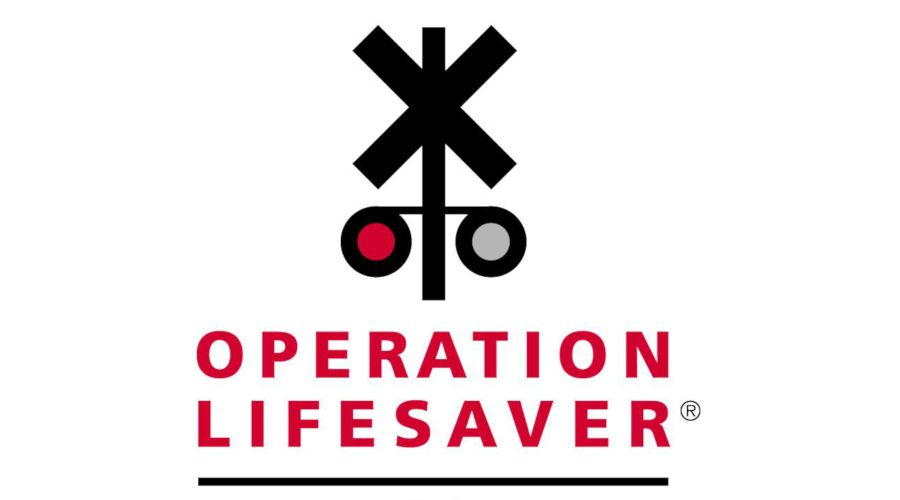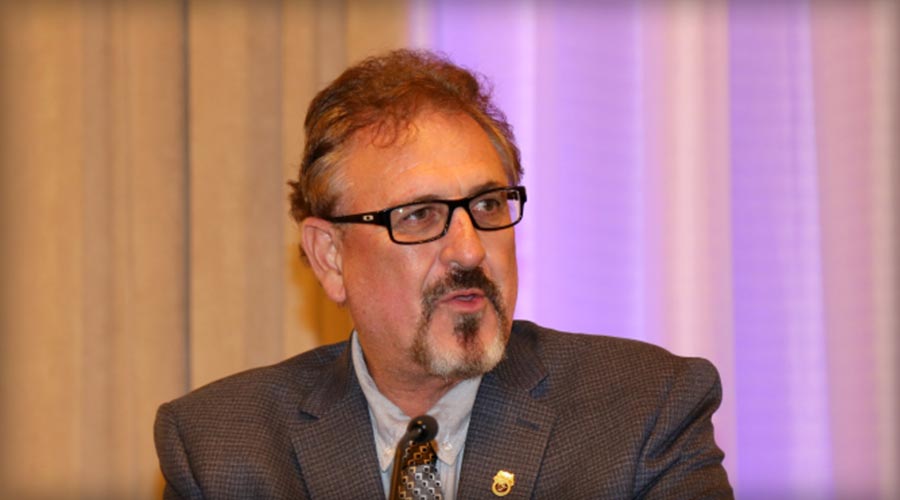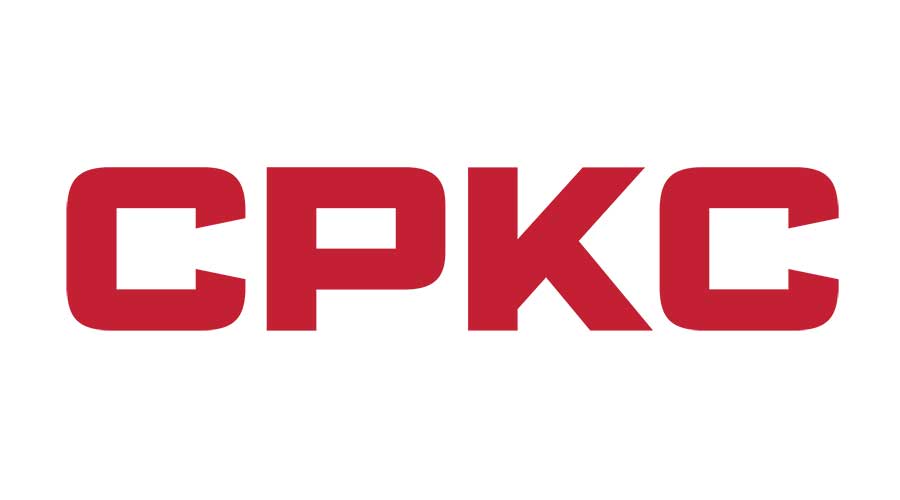Stay updated on news, articles and information for the rail industry
9/2/2020
Rail News: Federal Legislation & Regulation
AAR endorses FRA rule on continuous rail inspection technology

The Federal Railroad Administration's (FRA) final rule affecting continuous rail inspection technology will facilitate widespread deployment of such technology to advance safety and efficiency of the nation's rail network, according to the Association of American Railroads (AAR).
For years, railroads have operated continuous rail inspection technology under longstanding waivers and demonstrated the innovation's promise to improve efficiency and safety, AAR officials said in a press release.
Announced last week, the FRA's rule allows railroads to use ultrasonic inspection technology, augmented with GPS technology, to conduct continuous rail testing. The updated regulations are expected to improve safety and efficiency by making it easier to test rail more frequently, and to identify and repair internal rail flaws before conditions degrade, FRA officials said.
"Continuous rail inspection is a proven, tested solution to efficiently and effectively monitor and maintain track health," said AAR President and Chief Executive Officer Ian Jefferies. "FRA's common sense, data-driven decision will empower railroads to more broadly adopt this technology and increase the mileage of track inspected across the network."
Traditional stop-and-verify rail inspection required an operator in a test vehicle to examine each potential rail defect. Under the new rule, rail inspection equipment will instead be able to collect and transmit inspection data nonstop to remote locations for analysis, AAR officials said.
Should potentially serious defects be detected, inspectors still will stop immediately to confirm and address the issue. Otherwise, detected defects will then be categorized based on potential risk, confirmed in person and repaired, they said.
Contact Progressive Railroading editorial staff.


 2025 MOW Spending Report: Passenger-rail programs
2025 MOW Spending Report: Passenger-rail programs
 Gardner steps down as Amtrak CEO
Gardner steps down as Amtrak CEO
 Guest comment: Oliver Wyman’s David Hunt
Guest comment: Oliver Wyman’s David Hunt
 Women of Influence in Rail eBook
Women of Influence in Rail eBook
 railPrime
railPrime







